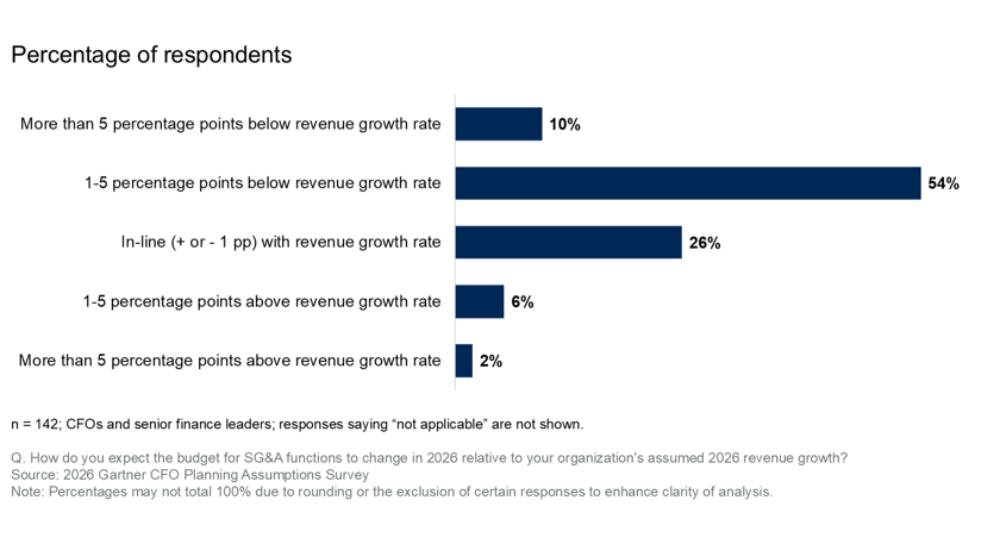Alternative shopping options like Click & Collect, curb-side pickup (46%) and contactless In-Store experiences like self-checkouts (27%) will be key to rebuilding Saudi consumers’ confidence to visit public places (stores and supermarkets) moving forward. This is according to a study commissioned by Kearney; the third in a series of surveys exploring consumer shopping habits since the onset of the pandemic.
The results reveal that as spending habits continue to evolve, consumers in the Kingdom stay cautious, with 57% expecting the effects of the pandemic to last for the next 6 months. It also highlights that expenditure on essential items (which constitutes food and grocery (F&B) as well as non-F&B items like health and wellness products has shown a sustained increase with 45% of consumers moving to higher-priced, better quality products, while spending on non-essentials (clothes, bags and accessories) continues to decline.
More than 80% of consumers have admittedly changed their shopping habits to adapt to the “new normal”, with those aged between 30-45 recorded the highest change (89%) followed by those from ages 46-60 and under 30 years of age at 84% respectively.
When looking more closely into how habits have changed, 18% have reduced expenditure on essential items by up to 50% compared to pre-pandemic, however, over 60% of respondents have increased spending by over 25%. Conversely, spending on non-essentials has decreased by 26%, with 45% of respondents increasing spend in this area.
Within the essential items’ category, 45% of respondents have upgraded to higher-priced, better quality items, with the highest increase shown for meats and dairy (61%), as well as, fruits and vegetables (59%).
31% of respondents have highlighted that they expect to spend more on non-essentials in the coming months, particularly on casualwear (48%) followed by workwear (41%), evening wear (39%), activewear (36%), footwear (34%), and bags and accessories (27%).
“The pandemic has fundamentally changed the way consumers view health and safety measures and efforts. As residents adopt to the new normal, hygiene and hygiene transparency have become vital. Spending is being driven by the easing of restrictions, higher awareness of health and wellbeing, and expectations to return to the office,” commented Adel Belcaid, Partner at Kearney Middle East.
As spending habits evolve, e-commerce continues to penetrate all categories. The survey highlights that consumers in the Kingdom are now more comfortable purchasing essentials online compared to last year. When questioned about the motivations behind this, COVID-19 prevention measures (39%) was the main driver, followed by convenience (36%), price (17%) and finally, assortments of products (8%).
COVID-19 prevention measures ranked third for online shopping for non-essential items (18%), preceded by convenience (34%) and price and assortment of products ranking equally at 24% each.
Interestingly, consumers are looking for more omnichannel journeys and innovative in-store models with alternative shopping options and continued protective and Contactless In-Store experiences like self-checkouts being the key drivers of restoring consumer confidence in visiting public places and increased vaccination (15%) and social distancing (12%) being a lesser concern with (16%) in increasing their confidence.
Saying this, 44% of respondents highlighted an offline-shopping preference for essential items, and 35% for non-essential items, particularly for those products that require inspection for quality, freshness and fit.
“For Saudi consumers, convenience is driving online purchases with COVID-19 concerns becoming a secondary factor, indicating the sustenance of the online shift. However, the physical store still plays a strong role across all categories which require the customer to touch, feel and try the product. Retailers will need to adopt a differentiated strategy to make consumers feel safe in stores; consumers are heavily indexed towards alternative shopping options like Click & Collect, curb-side pickup and contactless in-store experience like self-checkouts; however, this will vary across markets and it’s essential for stakeholders, mall property owners and retailers to monitor the evolving face of retail to ensure they stay relevant,” concluded Belcaid.





